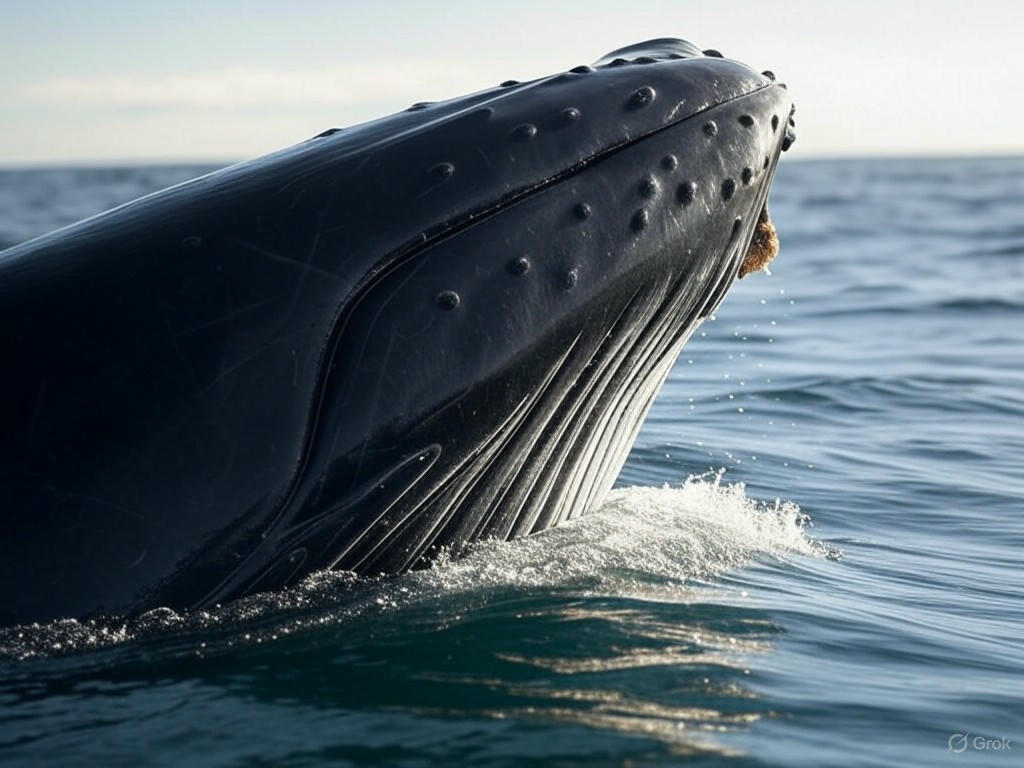In a remarkable discovery, marine researchers have witnessed humpback whales engaging in an extraordinary behavior: creating massive bubble rings reminiscent of smoke rings blown by a seasoned smoker. This captivating phenomenon, observed during close encounters with humans, sheds new light on the playful and social nature of these majestic ocean giants. The findings, reported by a collaborative team from leading marine research institutions, highlight the whales’ curiosity and their unexpected ways of interacting with the world around them.
During expeditions off the coast of North America, scientists noted that humpback whales approached boats with a sense of inquisitiveness, often lingering near the surface. As they swam closer, the whales released streams of air from their blowholes in a controlled manner, forming perfect, spiraling rings of bubbles that floated upward like ethereal hoops. These displays were not random; they appeared to be deliberate acts, often occurring during moments of calm interaction with human observers. The researchers speculate that this behavior could be a form of communication, a playful gesture, or even a way to entertain themselves and those watching.
What makes this observation even more fascinating is the context in which it happens. Humpback whales, known for their complex songs and acrobatic breaches, have long been celebrated for their intelligence and social bonds. The bubble rings add another layer to their behavioral repertoire, suggesting a level of creativity that parallels the artistic expressions seen in other intelligent species, such as dolphins or primates. The scientists involved in the study emphasize that these interactions were non-threatening, with the whales showing no signs of distress or aggression. Instead, the encounters felt like a shared moment of wonder between two species, bridging the vast divide between land and sea.
The implications of this discovery extend beyond mere spectacle. Marine biologists are eager to explore whether bubble ring creation serves a specific purpose in the whales’ social structure or if it’s purely an expression of joy. Some theories suggest that the bubbles could be a way to mark territory visually or to signal a relaxed state to other whales nearby. Further research is underway to analyze the frequency of this behavior across different humpback populations and to determine if it varies by age, gender, or environmental conditions.
As we continue to uncover the mysteries of the ocean, stories like these remind us of the profound connection humans share with the natural world. The sight of a humpback whale crafting delicate bubble rings is not just a visual treat; it’s a glimpse into the mind of a creature whose depth of emotion and intellect we are only beginning to understand. This discovery invites us to approach marine conservation with renewed urgency, ensuring that future generations can also marvel at the ingenuity of these gentle giants. Let this be a call to protect their watery home, so the dance of bubbles and the song of the humpback can endure for centuries to come.
